Podcast Ep 44: Spider Bites, Biphasic T Waves, Lyme Disease, Syringomyelia, Wernicke Encephalopathy, Electrolyte Abnormalities
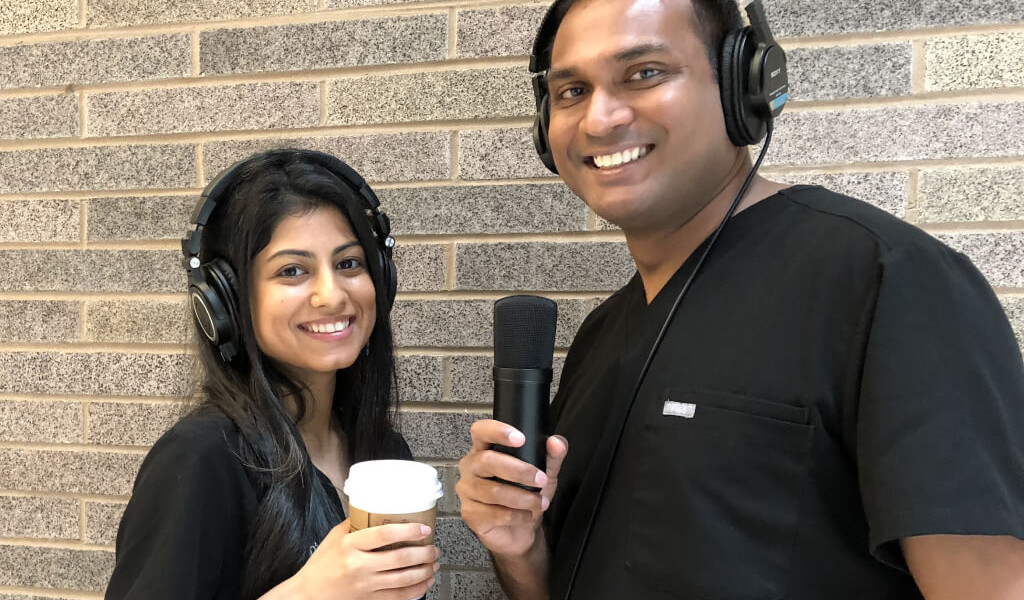
By failing to prepare, you are preparing to fail.
–Benjamin Franklin
Welcome back to RoshCast for Episode 44! We are back to an every other week schedule covering core content. Let’s start out with a rapid review of neonatal conjunctivitis.

- The three dangerous causes of neonatal conjunctivitis that you need to consider in the ED are gonorrhea, chlamydia, and herpes.
- Gonorrhea is the most aggressive bacteria associated with neonatal conjunctivitis. It presents in the first week of life with purulent drainage and ulcerations, and it can disseminate to cause gonococcal sepsis. Culture the drainage for confirmation, and treat the baby with cefotaxime.
- Chlamydia neonatal conjunctivitis, which presents in the first month of life, can disseminate into the lungs. Treat with oral erythromycin.
- The third and least dangerous cause of neonatal conjunctivitis is herpetic. In this case you may see vesicles in the eye. Treat this with IV acyclovir.
Now onto this week’s podcast
Question 1
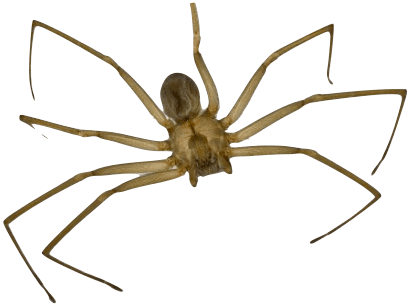
A 21-year-old man presents after he was bitten by a spider. He has a picture of the spider on his phone (shown above). Which of the following is a potential complication of a bite by this spider?
A. Abdominal rigidity
B. Autonomic instability
C. Coagulation abnormalities
D. Pancreatitis
Question 2
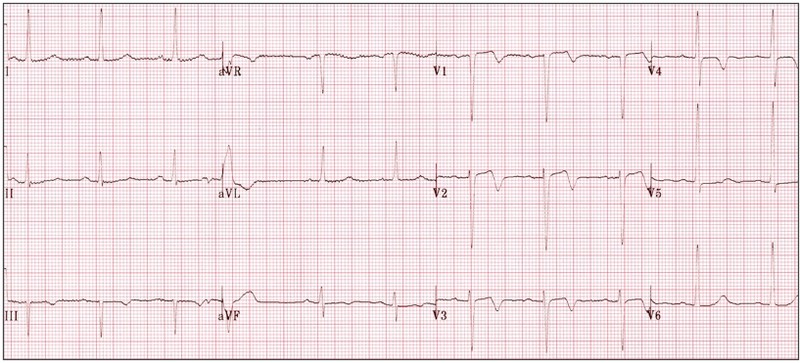
A 66-year-old man with hypertension and hyperlipidemia presents after an episode of severe chest pain while walking to work. He is currently asymptomatic. His vitals are T 36.27°C, HR 76/min, BP 143/85 mm Hg, RR 18/min, and oxygen saturation 99%. A 12-lead ECG is performed as seen above. Which of the following is the most appropriate next step in management?
A. Give 325 mg of aspirin, and activate the cardiac catheterization lab
B. Give 325 mg of aspirin, and admit for serial troponin testing and stress test
C. Give 325 mg of aspirin, and discharge home with cardiology follow-up in 24–48 hours
D. Send d-dimer, and consider CT pulmonary angiogram if elevated
Question 3
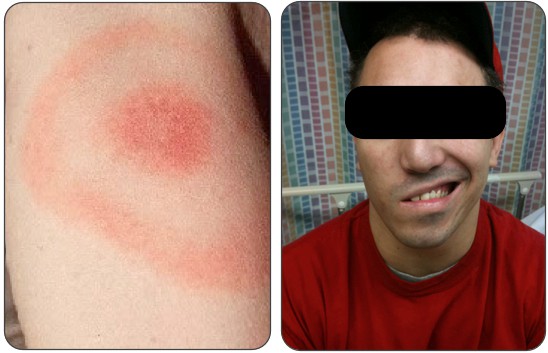
A 17-year-old boy from New Jersey presents with a 3-day history of rash and a 1-day history of facial droop. He also complains of a headache. The images above represent the physical examination findings. In addition you note mild nuchal rigidity. A noncontrast head CT is performed and is normal. Which of the following is the next best step for this patient?
A. Acyclovir and corticosteroids
B. Lumbar puncture
C. MRI brain
D. Serologic testing for Lyme disease
Question 4
A 52-year-old man presents with decreased sensation in the upper extremities and chronic neck pain. He states that the loss of sensation has been progressive for months. On physical examination, he has decreased sensation to pain over the upper back, shoulders, and arms with intact proprioception and light touch. What disorder does this patient exhibit?
A. Anterior cord syndrome
B. Brown-Sequard syndrome
C. Central cord syndrome
D. Syringomyelia
Question 5
What is the most frequently seen oculomotor sign in patients with Wernicke encephalopathy?
A. Lateral nystagmus
B. Lateral rectus palsy
C. Miosis
D. Ptosis
Question 6
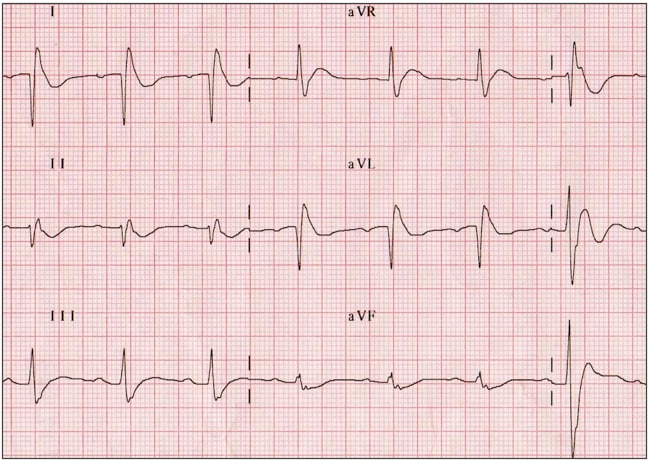
A patient with metastatic breast cancer presents with weakness and nausea. An ECG is shown above. What electrolyte abnormality is likely in this patient?
A. Hypercalcemia
B. Hypernatremia
C. Hypocalcemia
D. Hyponatremia

- Brown recluse spiders have violin-shaped markings on their back. The toxin here can lead to hematologic abnormalities. There is no antivenin available in the US.
- Black widow spiders, on the other hand, have a red hourglass shape on their ventral surface and their toxin causes autonomic instability and abdominal wall rigidity. There is an antivenin available, but it’s only used in severe cases.
- Wellen’s syndrome type A demonstrates biphasic T waves in V1–V3 and type B demonstrates deeply inverted T waves in V1–V3. It is highly specific for a critical stenosis of the LAD. Activate the catheterization lab!
- There are three stages of Lyme disease:
- Early Lyme manifests with the classic erythema migrans rash.
- The second stage is acute disseminated infection which results in neurologic, cardiac, arthritic, and ophthalmic manifestations.
- The third is late Lyme disease, which presents with worse neurologic manifestations and chronic Lyme arthritis.
- The most common location of syringomyelia is the cervical spine. Patients present with a cape-like distribution of loss of pain and temperature sensation in the upper extremities with preservation of light touch and proprioception.
- Anterior cord syndrome is characterized by loss of motor function below the lesion and preservation of position, touch, and vibration sensation.
- Brown-Sequard syndrome presents with ipsilateral motor function loss and contralateral pain and temperature sensation loss.
- Central cord syndrome presents with bilateral motor paresis and sensory impairment.
- The most frequently seen oculomotor sign in Wernicke encephalopathy is lateral nystagmus.
- Diagnosis of Wernicke encephalopathy requires two out of four of the following criteria: dietary deficiencies, oculomotor dysfunction, cerebellar dysfunction, and altered mental status.
- Hypercalcemia can cause QT shortening, while hypocalcemia can cause QT prolongation.
- Malignancy is the most common inpatient cause of hypercalcemia while primary hyperparathyroidism is the most common outpatient cause.
That wraps up RoshCast Episode 44! Be sure to also check out the rest of the Rosh Review Blog for questions from prior episodes, related images and tables, as well as bonus teaching points. There are also tons of other great free resources to help prepare you for the boards and the wards. Don’t forget to follow us on twitter @RoshCast and @RoshReview. And you can always email us at RoshCast@RoshReview.com with any feedback, corrections, or suggestions.
You can also help us pick questions by identifying ones you would like us to review. Write “RoshCast” in the submit feedback box as you go through the question bank. Lastly, if you have a minute, make sure to rate us and leave comments on iTunes to help spread the word about RoshCast. We’re launching on Google Play in the near future also.
Megha and Nachi





Comments (0)